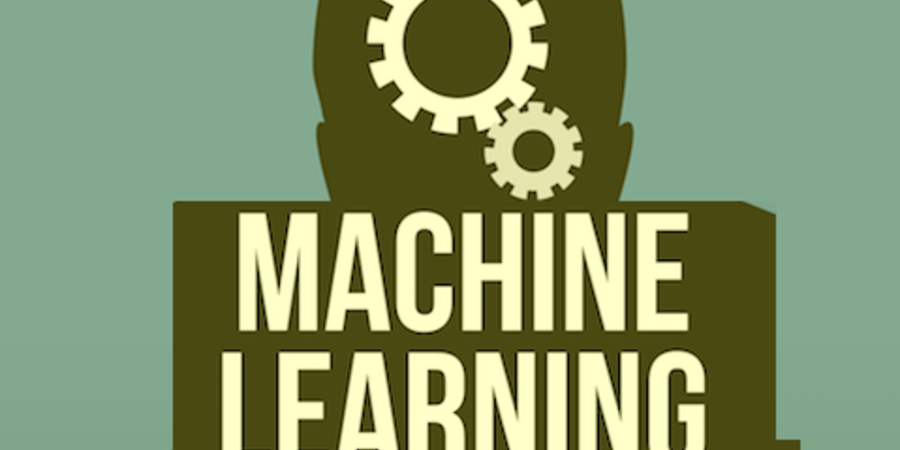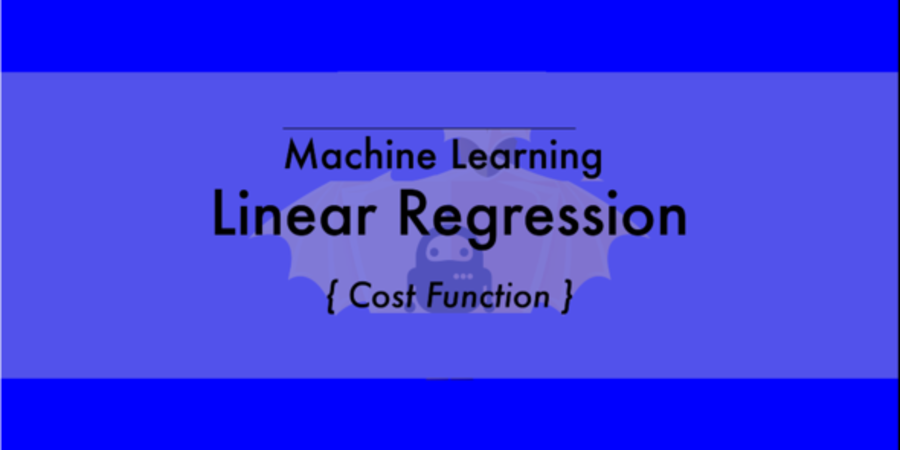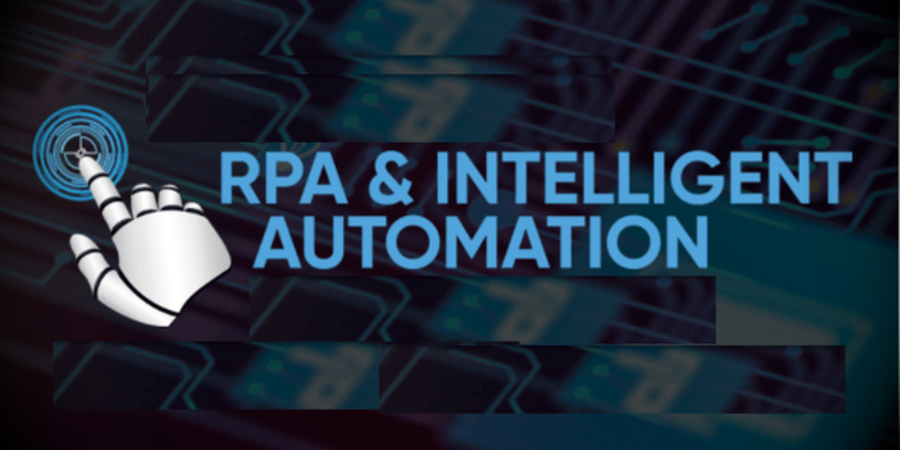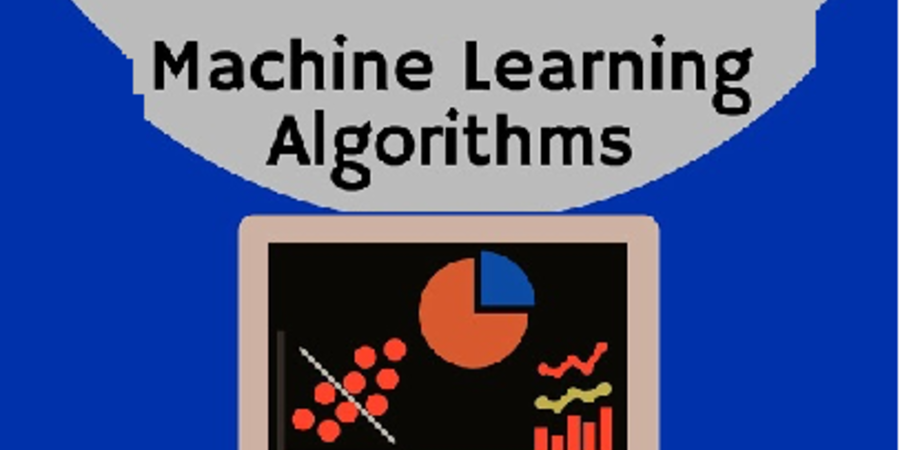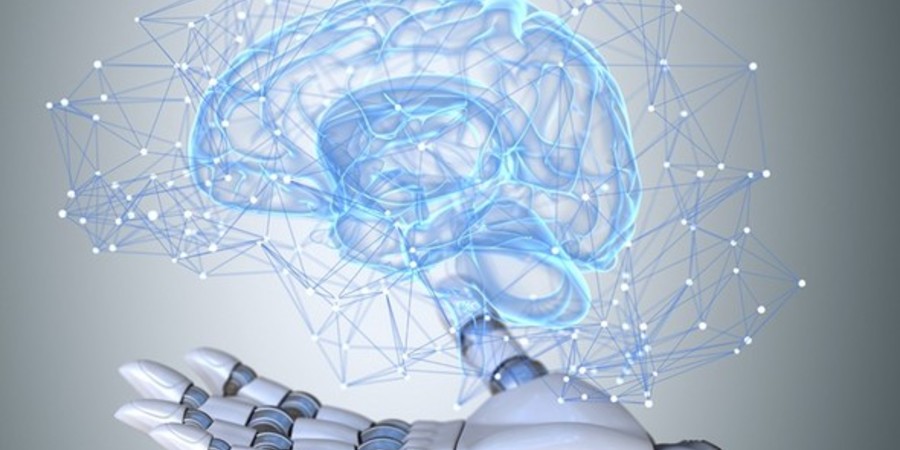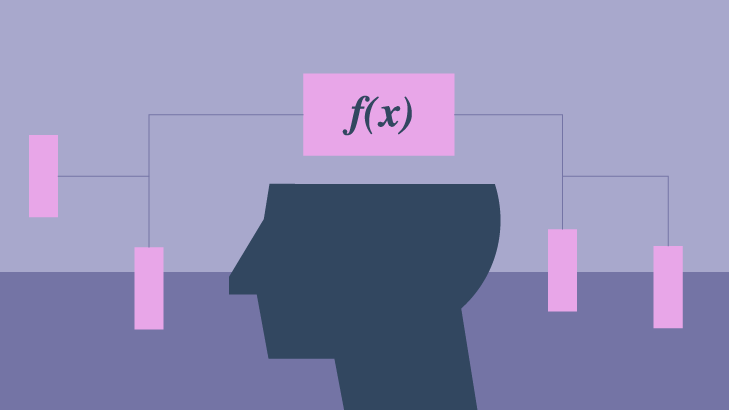Severe shortcomings in both ‘data’ and ‘training’ take the A & I out of mAgIc, making it meaningless. This is the biggest bottleneck for AI’s progress today. But wait.. if machines could take up any human task, why not this one too? Can we make machines learn-to-teach themselves? Yes, this is doable. Enter GANs… Or its complex sounding expansion, Generative Adversarial Networks. If Deep learning is the next big thing that’s taking the cake, GAN is the cream on that cake. The possibilities have never looked so exciting!




